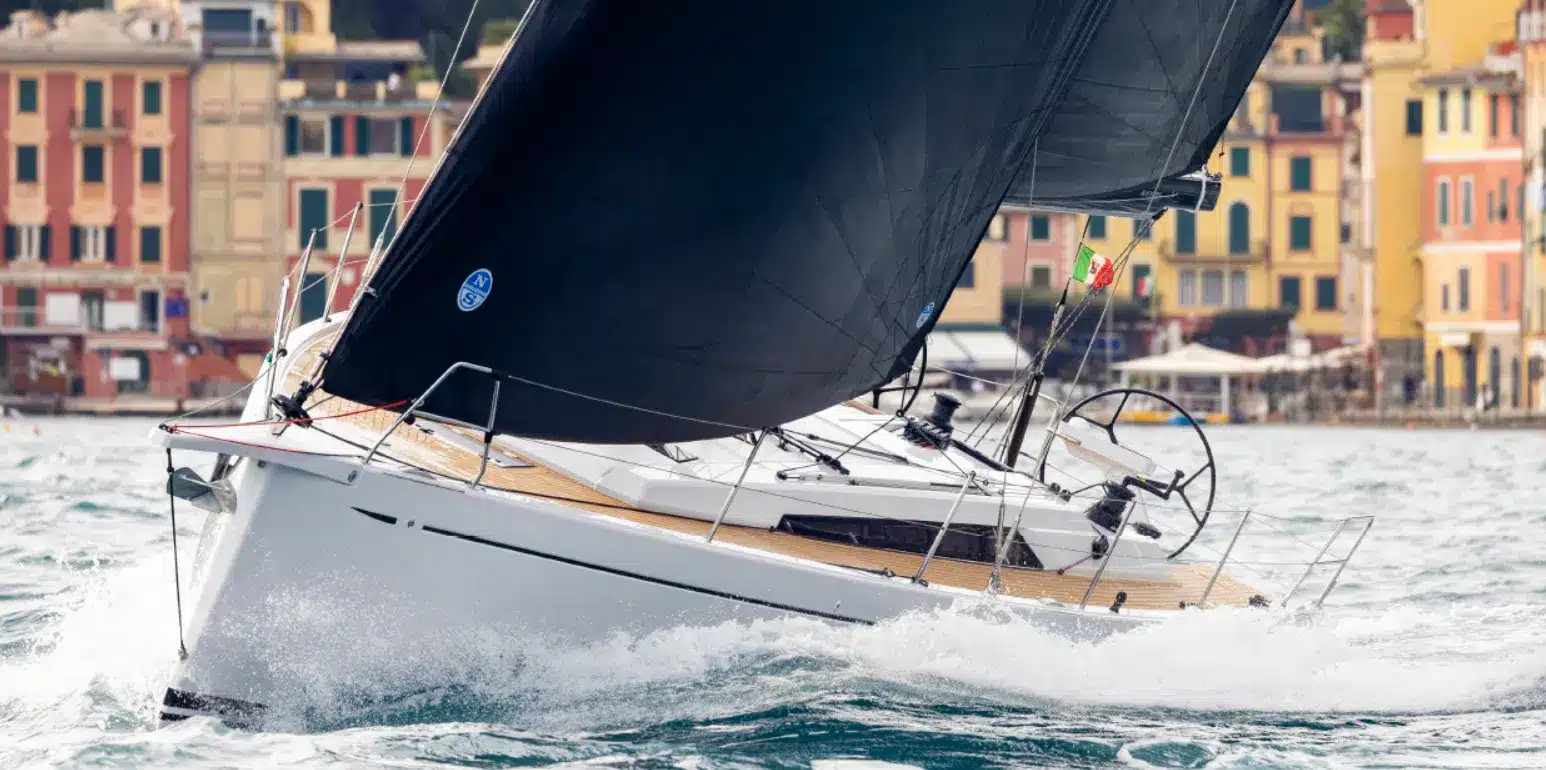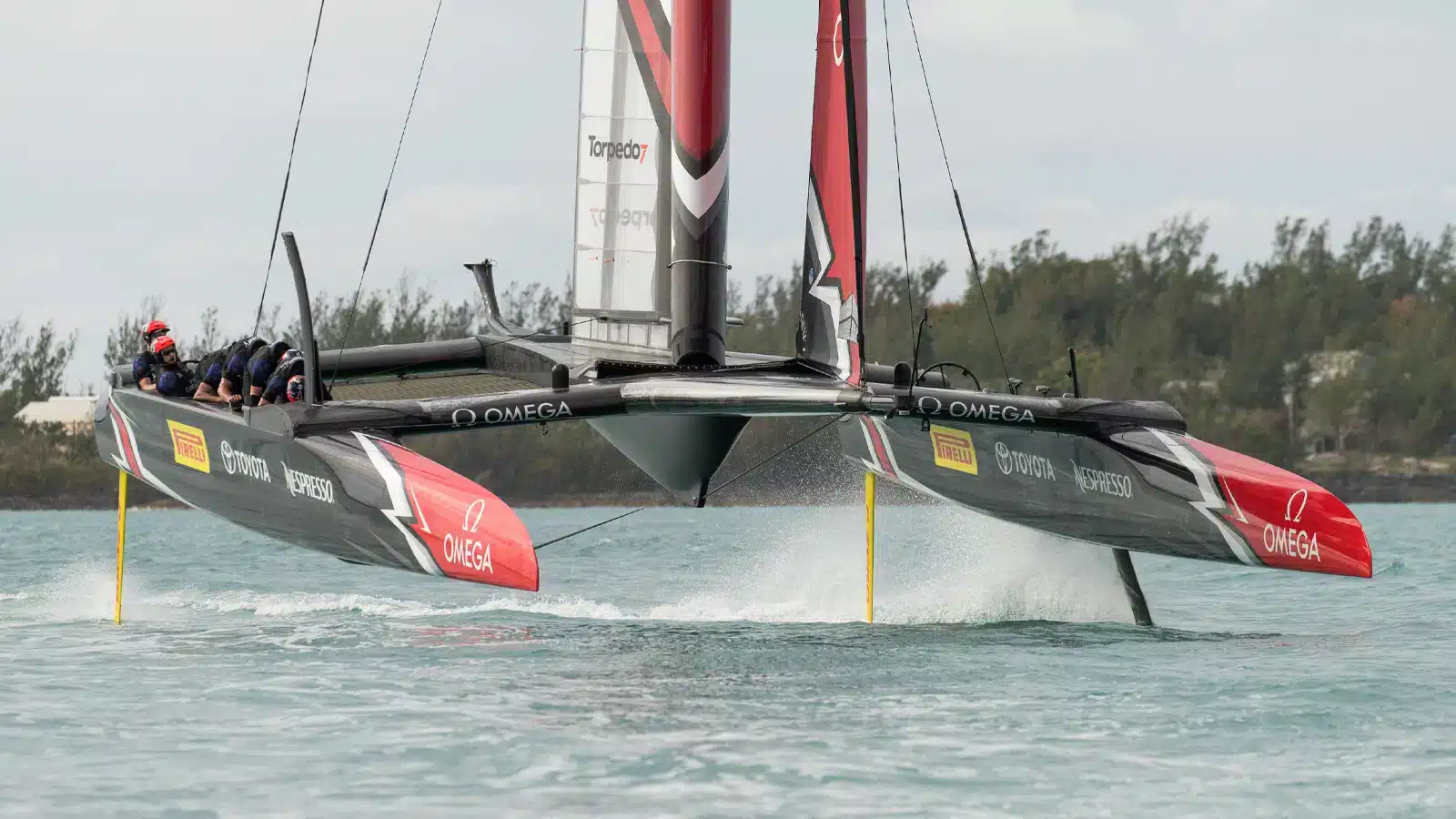Boat blocks are one of the most essential components for any sailboat rigging system. They are small yet fundamental equipment, designed to redirect sheets and lines, as well as distribute loads. The market offers a wide range of block models for boats, making it challenging to select the right one for your craft. Moreover, it’s vital to ensure proper maintenance of blocks to prolong their lifespan and prevent unpleasant issues during sailing. We discussed this topic with Raffaele Di Russo from Ubi Maior Italia, an Italian company specializing in the design and production of high-end deck equipment.
Boat Blocks: the different types
In short, boat blocks are pulleys with bearings. “There are three different types of blocks – explains Di Russo – There are ball bearing blocks, roller bearing blocks, and bushing bearing blocks”. Let’s look at their main features:
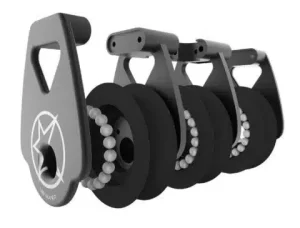
Ball bearing blocks ensure smooth operation since the balls absorb both primary and lateral loads, reducing friction. “This type of boat block is suitable for very fast maneuvers with light loads and without excessive deviation angles – emphasizes Di Russo – For instance, you can’t use a ball bearing block for the hoisting of a mainsail halyard on a 50-foot boat because it’s too high of a load”.
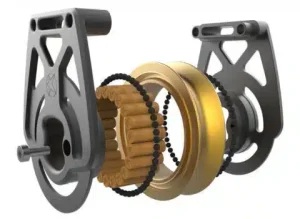
Roller bearing blocks absorb the main load on the rollers and the lateral loads on the balls. “This type of block is suitable for loads in different directions, such as the mainsheet and mast base blocks, which have a 90-degree angle – explains Di Russo – Obviously, the rollers and cheek structure vary depending on the load the boat block must bear: the more resistant the material, the higher the block’s load capacity. Therefore, for the same pulley size, we can have rollers made of plastic or titanium”.
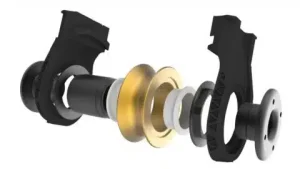
Bushing bearing blocks offer less movement, but at the same time allow for reducing the diameter and working with very large loads. “The bushing bearing block always works under tension, but the line slides minimally – Di Russo points out – That’s why it’s perfect, for example, on a self-tacking jib or for a mast base block maneuver on a large boat. They are very lightweight items, which at Ubi Maior we make from plastic or aluminum. They are designed for boats of at least 50 feet (which is why we called them ‘Extreme’) and ensure a higher level of safety, even in case of breakage”.
The importance of ropes and attachment systems
Now that we have illustrated the different types of boat blocks, there’s an important clarification to make regarding the importance of ropes. Di Russo explains: “ Old and worn-out ropes increase friction on pulleys and can break under load. So, when underway, it’s not just about the block itself, but also about the rope. Essentially, having state-of-the-art equipment is pointless if the ropes are old and unsuitable. The same goes for the sail: if the sail is changed, the ropes and halyards must also be adjusted”.
However, the weak point of the block is the attachment system. “On my boat, I can have a very expensive and state-of-the-art block, made of titanium and reinforced with carbon fiber to withstand up to 10 tonnes. But if it’s attached to a shackle (often textile in most cases where there’s a high workload) rated for 4 tonnes, then the maximum load of the winch will also be 4 tonnes, not 10 – Di Russo points out – Rather, it’s always better to have a shackle with a higher capacity than the block. When changing the winch, always remember to check all attachment systems to ensure they are suitable. When a block explodes, in many cases, it’s not its fault, but because the shackle gave way”.
Boat Blocks: cleaning and maintenance
Last but not least, the cleaning and maintenance of boat blocks is a crucial aspect. In this regard, Di Russo first confirms that it’s always important to fit the textile shackle, i.e., to put an external sleeve on it to protect it from extreme temperatures: “This is because the sleeve ensures greater resistance – explains the representative of Ubi Maior Italia – But of course, textile has a short life span and should be replaced approximately every three years”.
Finally, cleaning the boat blocks is essential: “The salt crystals found in seawater can corrode and destroy any material, so it’s crucial to clean the blocks after every navigation. To do this, simply rinse them with fresh water and, when possible, dry them with compressed air, without using any other substance. Only for titanium winches, it may be useful to add vaseline grease to the rollers”.

